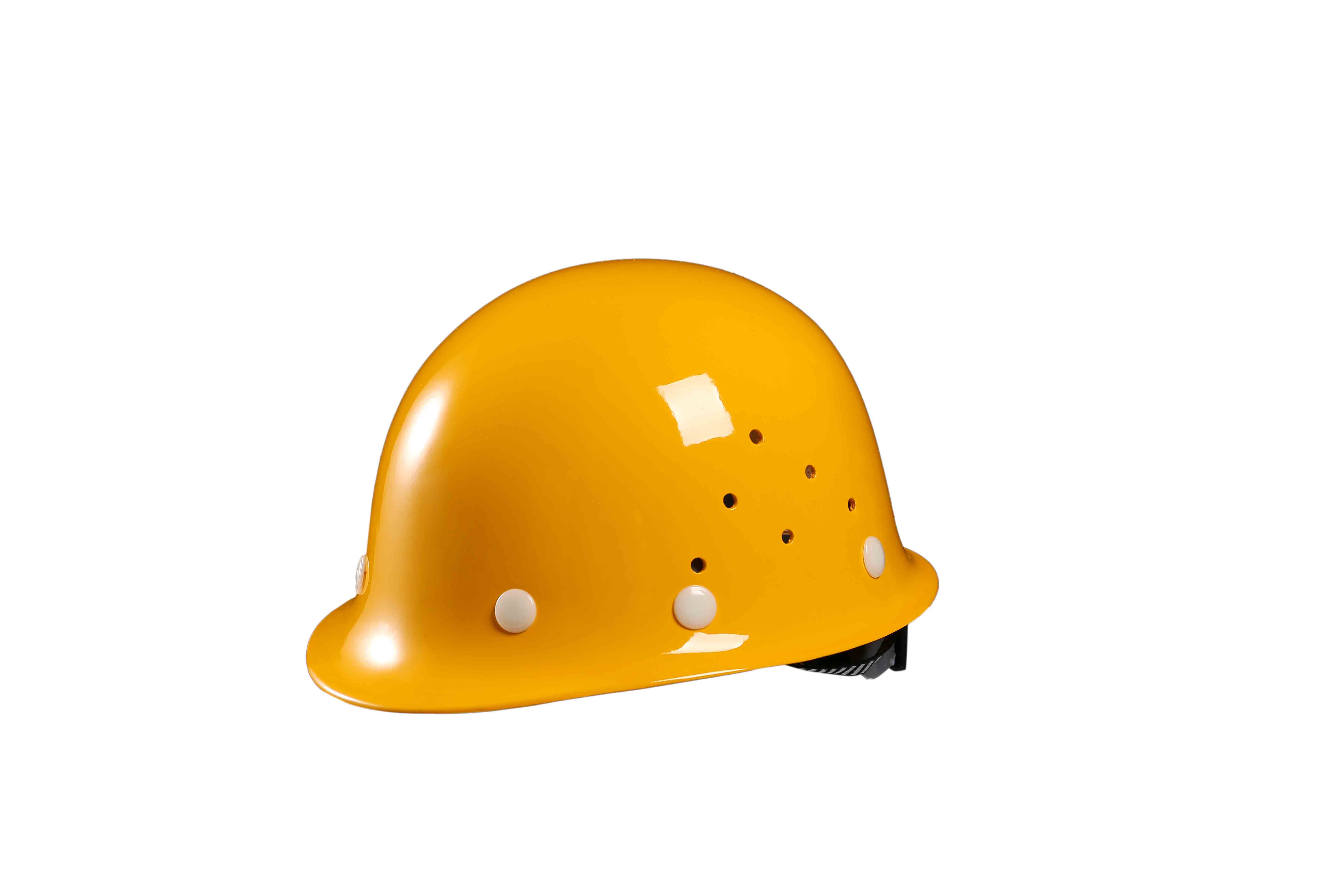OSHA Guidelines for Selecting Effective Safety Clothing in Emergency Medical Situations
Understanding OSHA Standards for Emergency Medical Services Safety Clothing
Emergency Medical Services (EMS) professionals are often confronted with hazardous situations that can pose significant risks to their health and safety. It is crucial that these first responders are equipped with appropriate safety clothing, which not only protects them from potential dangers but also complies with regulations set forth by the Occupational Safety and Health Administration (OSHA). This article aims to provide a comprehensive overview of OSHA's standards related to safety clothing for EMS personnel.
The Importance of Safety Clothing in EMS
EMS workers are frequently exposed to a variety of hazards, including biological agents, chemicals, and physical injuries. Safety clothing serves as a critical barrier against these risks. Its primary role is to protect the skin and other vulnerable areas from exposure to harmful substances, as well as to provide visibility in emergency situations. High-visibility clothing is particularly essential when working alongside traffic or in low-light conditions, as it helps to ensure that EMS personnel are easily seen by other road users and bystanders.
OSHA Regulations and Standards
OSHA has established a series of regulations that govern the use of personal protective equipment (PPE) in various occupations, including EMS. The General Duty Clause of the Occupational Safety and Health Act mandates that employers provide a workplace free from recognized hazards that could cause death or serious harm. This requirement extends to ensuring that all EMS personnel are appropriately outfitted with the necessary safety clothing and PPE to mitigate risks.
Particularly relevant to EMS providers are the OSHA standards outlined in 29 CFR 1910.132, which address the need for personal protective equipment. This standard emphasizes the requirement for employers to conduct a hazard assessment of their workplace to determine what types of PPE are necessary. Based on this assessment, employers must provide suitable clothing and accessories, ensure they are properly maintained, and offer training on their appropriate use.
Types of Safety Clothing for EMS Personnel
1. Personal Protective Equipment (PPE) This includes gloves, gowns, masks, and face shields designed to protect against bloodborne pathogens and infectious materials. In high-risk situations, it may also encompass respiratory protection equipment.
osha ems safety clothing

2. High-Visibility Apparel High-visibility jackets and vests enhance safety by allowing EMS personnel to be seen in various environments, especially during nighttime operations or in heavy traffic areas.
3. Flame-Resistant Clothing In scenarios involving fire hazards, such as vehicle accidents or hazardous material incidents, flame-resistant clothing provides critical protection.
4. Weather-Resistant Gear EMS professionals often work in adverse weather conditions. Waterproof and insulated materials help protect against elements such as rain, snow, and extreme temperatures, ensuring that responders can perform their duties effectively regardless of the weather.
5. Footwear Proper footwear is essential for providing traction and support, reducing the risk of slips, trips, and falls, which are common hazards in emergency settings.
Training and Maintenance
Equipping EMS personnel with proper safety clothing is only one aspect of ensuring their protection. Training is equally critical. It is essential that EMS workers understand how to use and maintain their safety clothing and PPE. This includes knowing when to replace worn-out gear and understanding the limitations of their protective equipment.
Employers must also implement regular training sessions to reinforce the importance of wearing appropriate safety clothing and updating staff on regulations and best practices. This ongoing education helps to foster a culture of safety within the organization.
Conclusion
In summary, OSHA standards play a vital role in ensuring the safety of EMS personnel through the use of proper safety clothing and equipment. By adhering to these regulations and adopting a proactive approach to worker safety, EMS organizations can significantly reduce the risks faced by their employees. Ultimately, providing the right safety clothing not only protects individual health and well-being but also enhances the overall effectiveness of emergency response operations. As such, continued diligence in training, maintenance, and compliance is essential for the safety and success of EMS professionals in the line of duty.
-
Top HDPE Safety Helmets - Lightweight, Durable Head Protection
NewsAug.01,2025
-
Top AI Safety Clothing with GPT-4 Turbo | Smart Protection
NewsJul.31,2025
-
Face Shield Safety Helmet with GPT-4 Turbo AI Safety
NewsJul.31,2025
-
CE Working Clothing for Construction & Welding Safety
NewsJul.30,2025
-
Premium Safety Helmet with Visor for Construction & Industrial Use
NewsJul.29,2025
-
High-Quality CE Working Clothing for Safety and Construction
NewsJul.29,2025
